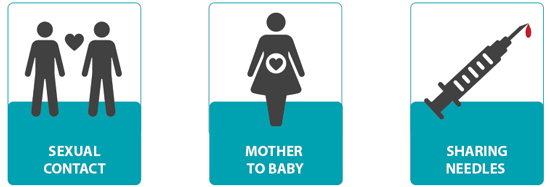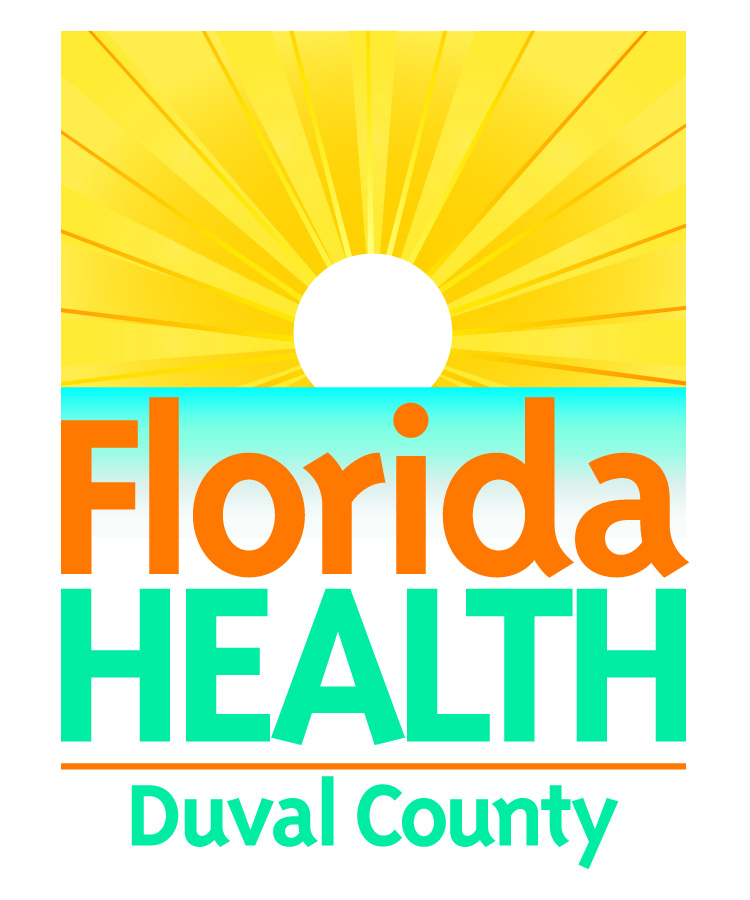KNOW THE FACTS
What is HIV/AIDS?
HIV (Human immunodeficiency virus) is a virus spread through certain body fluids. HIV weakens a person’s immune system by destroying important cells (CD4 or T-cells) that fight disease and infection. No cure exists for HIV. With proper medical care HIV can be controlled and persons living with HIV can live a normal, healthy life.
How is HIV Transmitted?

- HIV is most commonly spread through sexual behaviors and sharing needles or syringe use. Babies can also get HIV from an HIV-positive mother during pregnancy, birth, or breastfeeding.
- HIV is transmitted through body fluids such as blood, semen (cum), pre-seminal fluid (pre-cum), vaginal fluids, rectal fluids and breast milk from a person who has HIV.
How is HIV NOT Transmitted?
- HIV is NOT transmitted by air, water, hugging, shaking hands; saliva, sweat, tears, or closed mouth kissing; insects or pets; sharing toilets, food, or drinks.
- HIV does not survive long outside the body (such as on surfaces) and cannot reproduce outside a human host.
No effective cure exists, but with proper medical care, HIV can be controlled. The medicine used to treat HIV is called antiretroviral therapy (ART).
Learn more on the CDC website:
HIV/AIDS Facts
HIV 101
Visit KnowYourHIVStatus.com to view the updated HIV 101 video. This resource was created to help spark conversations and to share basic knowledge about HIV prevention and treatment.

